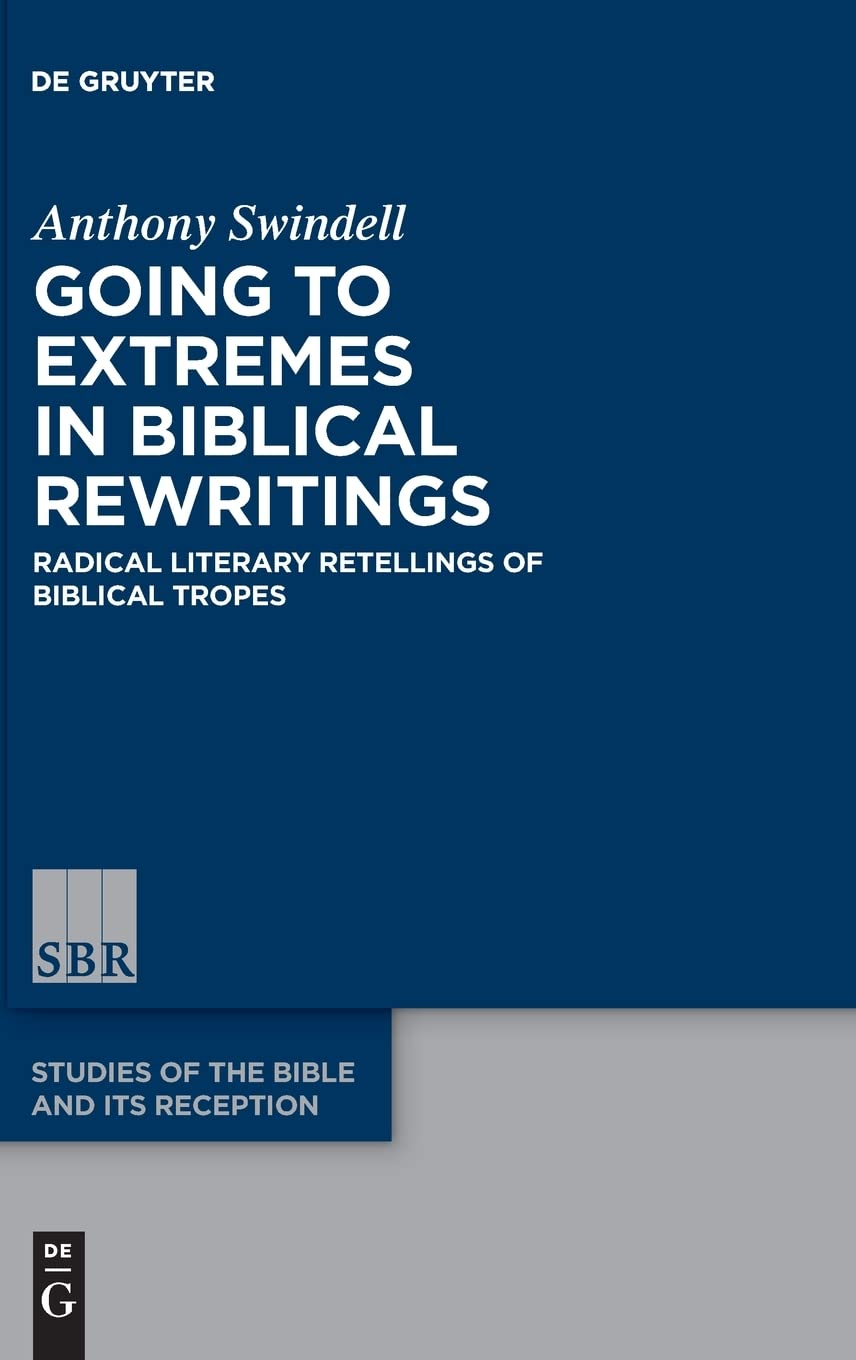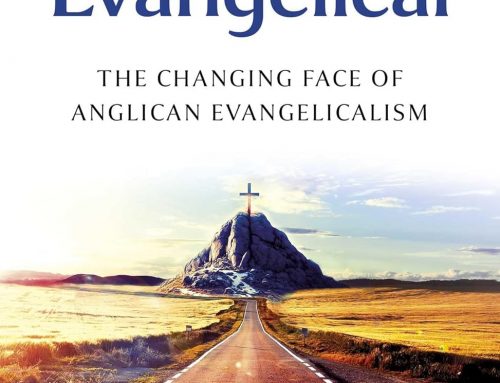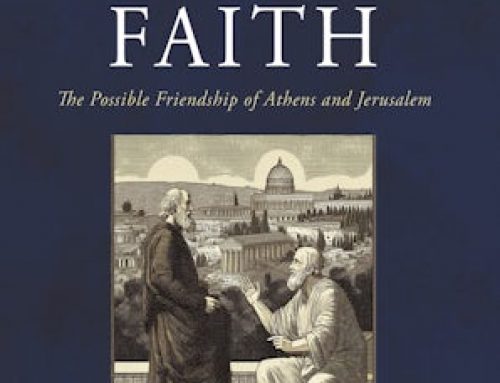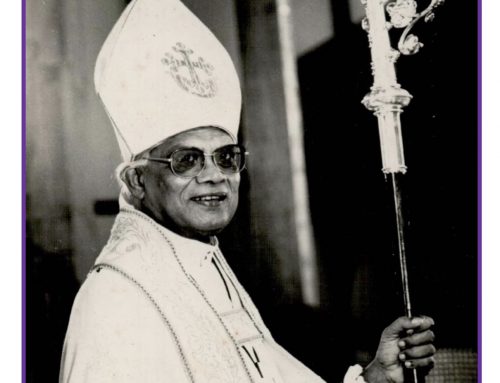Anthony Swindell, Going to Extremes in Biblical Rewritings: Radical Literary Retellings of Biblical Tropes

Review by: The Rev’d Jonathan Clatworthy

Jonathan Clatworthy is a liberal Christian theologian and blogger, and Vice President of Modern Church. He has been a parish priest, university chaplain and tutor in theology, philosophy and ethics. His main research interest is the relationship between monotheism and ethics.
See: https://www.clatworthy.org
This book illustrates the literary reception of the Bible. The ‘extremes’ are the freedom which many writers bring to rewriting biblical stories.
Some rewritings are antagonistic to the biblical text, the ‘hypotext’. Some use it as a departure point for a quite different development. Some amplify the hypotext, some condense it. There are prequels and sequels. Some change the tone, making it tragic or comic. Some give greater emphasis to minor biblical characters, or introduce new characters. Sometimes the viewpoint of the narration changes. For example The Dream of the Rood moves the viewpoint of the Crucifixion from that of an onlooker to that of the cross.
Chapter 1 is an overview of the Bible’s literary reception. At first Jewish haggadic commentary and Christian paraphrases had devotional or pedagogic purposes so were not designed to be creative. Jewish midrash fits the theme better as it amplifies biblical texts; for example, Abraham failed to sacrifice Isaac because his knife was too blunt. Early Christianity produced stories about New Testament characters, notably Pontius Pilate. Sodom and Gomorrah were common themes for their warning about divine retribution.
Medieval mystery plays could make fun of favourite characters, especially Noah with his drunken episode. Dante’s Divine Comedy and Milton’s Paradise Lost became canonical texts in their own right. In the seventeenth century, under Puritan influence, mystery plays gave way to didactic dramas; for example there are many references to the Prodigal Son in Shakespeare. The Romantic poets reflected on the nature of God and evil in their developments of the stories of Adam, Eve and Cain. Twentieth-century rewritings responded to the traumas of their age. Thus Wilfred Owen changed the ending of the sacrifice of Isaac so that Abraham did kill his son, together with ‘half the seed of Europe, one by one’
(p. 30). Jewish writings after the Holocaust reflect on Samson.
The next four chapters focus on specific biblical themes. Chapter 2, on Job, is the longest, as rewritings of this book are so common. Of the many summarised, Blake’s is given most prominence. Some of his drawings are reproduced.
Chapter 3 discusses the story of David and Bathsheba. Bathsheba’s first husband, Uriah the Hittite, receives much more prominence than the biblical text gives him. Perhaps surprisingly to the modern reader, some rewritings are critical of him. Later rewritings often develop his subjectivity, of which the biblical text says virtually nothing.
Chapter 4 is about Lilith. The Bible contains only one brief reference to her, in Isaiah 34. Nevertheless she was an older Mesopotamian figure, a female demon. She is often mentioned in later Jewish mystical texts. She became more popular after being a central character in Victor Hugo’s La Fin de Satan (1862). She has been especially popular in feminist science fiction.
Chapter 5 focuses on the archangels Gabriel, Michael and Raphael. The archangels have roles in negotiating the boundary between life and death, and as proxies for the divine. They are rarely mentioned in the Bible. Over the last century, Swindell tells us, ‘angelology becomes the resort of the quest for hope amidst the despair of the WWI trenches and later the instrument of revolt against either modern mercantile materialism or the reductionism of modern philosophical positivism’ (p. 122).
The next three chapters cover more recent rewritings, respectively the early twentieth century where they reflect on the horrors of the First World War, the later twentieth century with the reactions to the Second World War and the Holocaust, and the twenty-first century where traditional religious worldviews are more strongly rejected. In these works the existence of the supernatural is often either challenged or reaffirmed.
Chapter 9 focuses on ‘restitutive’ twentieth-century works seeking to compensate for the ills of the past by setting the record straight. Chapter 10 looks at ‘reformist’ rewritings which challenge the conventional reception of their biblical texts. D H Lawrence and C J Jung affirm the sense of transcendence ‘as though to release the numinous from incarceration in biblicist piety’ (p. 189). Others challenge convention in different ways.
Overall, Swindell tells us, the status of the biblical material changed in the twentieth century. Until then biblical stories were used to explore the significance of later events while still retaining their canonical status. Rewritings were ‘digested as illustrations or extensions of the biblical paradigm’ (pp. 3-4). In the twentieth and twenty-first centuries, rewritings constitute alternatives to the paradigms offered in the biblical texts.
Chapter 11 concludes the main text with summary observations. There follow some appendices providing further details.
This reviewer is left puzzling over the selection of biblical texts, especially the ones explored in detail in Chapters 2 to 5. From a biblical perspective none are major figures. Job, the subject of most rewritings, was a fictional character from the start. Uriah gets little attention even though David’s marriage to Bathsheba is presented as a turning-point in his reign. Lilith gets one passing mention and the archangels not much more. Why were these chosen, over the ages, for so much rewriting?
No doubt because they all address perennial themes. The story of Job explores why God allows suffering. Every society asks it. Uriah is the victim of a story combining sexual lust, betrayal, political power and its misuse. Stories like this speak to every age. They continue to matter. Lilith has represented, over the millennia, that desire for an evil deity to explain away the problem with monotheism that Job represents. As for the archangels, we all need symbols to express our questions about life and death, humanity and that which transcends it. As Swindell remarks, rewritings can ‘use a biblical trope to convey vital truths about human experience’ and ‘refresh the sense of encounter with divine alterity or the numinous by accentuating the strangeness of the material’ (p. 203).
Jonathan Clatworthy
All Saintstide 2023





